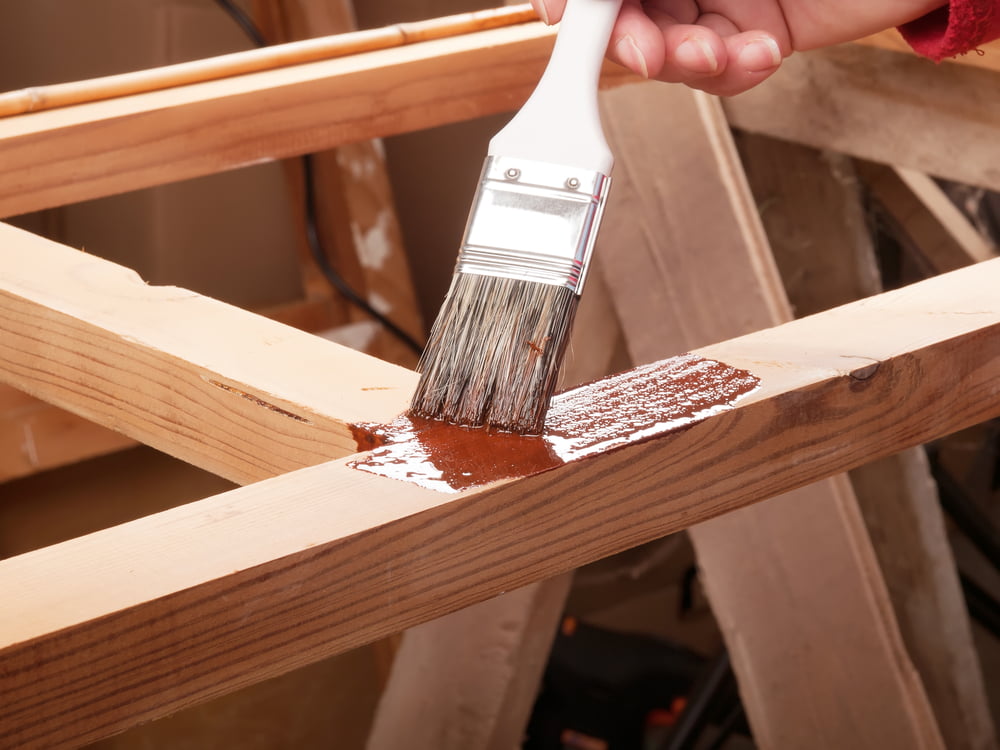

Environment
Treated Timber Can Be the Perfect Eco-Friendly Building Material
There are a lot of things that we need to take into consideration when choosing building materials to create an eco-friendly home. We obviously need to choose materials that will help make it more energy efficient, but it is also important to make sure that they don’t contaminate the environment as well.
There has been a lot of debate about the environmental impact of using treated lumber as a building material. While there are still some environmental downsides to using it, it is actually one of the better construction materials for making green buildings.
As you look around you, you will see wooden furniture and structures everywhere. Wood is an amazing material, and it is valuable in the construction industry but the process of how it comes to be turned into treated timber is often overlooked. Treated timber is a well-used resource so it is important to know how it is made and where it comes from.
What is treated timber?
As wood is a natural material it can be susceptible to rotting and infestations which will ruin the decking or furniture you have used it for. Treated timber is wood which has been modified with preservatives to resist moisture and insect infestations.
Treating timber involves using pressure to force preservatives into the wood as well as being dried in a kiln to take any initial moisture out. After being dried out the timber is loaded into a vacuum cylinder to further dry it out before the preservatives are pumped into the chamber.
The types of preservatives differ depending on the type of treatment the wood is getting. If you are looking at producing fire-resistant wood then it is likely you will use halogenated organic compound.
The 5 stages of developing treated lumber
The journey that wood takes from the forest to your home is a lengthy but interesting one.
- Felling – Felling is the process of cutting down individual trees for commercial use. A professional known as a tree surgeon will determine which trees are suitable for felling when they reach their economically mature age. This can vary from tree to tree. Felling is usually done during the winter months because the trees have less moisture in them compared to summer.
- Storing and transporting – Trees that have been felled are usually stored initially in a clearing in the forest. This allows some of the moisture in the trees to evaporate, lowering the weight before transport. Less weight means that the handling and transportation costs will be lower. The trees are normally cut into smaller lengths before being picked up by a timber lorry and taken to the processing plants – usually a sawmill.
- Primary processing – Once the logs reach the sawmill they have the bark taken off and are cut to the required length. They are then converted into boards using specialist tools. Conversion begins by roughly sawing the logs into shape, followed by more precise cutting and planing. Finally, the ends are trimmed and any remaining curved edges are dealt with.
- Seasoning – Seasoning the wood is where any remaining water is removed from the processed boards. Wood that hasn’t had the excess water removed is called green wood and is a lot harder to work with.
- Market preparation – This is where the processed timber is treated and any preservatives are added. Then the treated timber is shipped off to be sold.
Treated Timber Can Actually Be Good for the Planet
Many critics argue that treated wood is bad for the planet. They have cited some surveys by the APVMA showing that there are some environmental downsides to using treated wood. However, there are reasons that it can be beneficial as well.
In fairness, it is important to identify some of the downsides of using treated wood. CCA-treated timber can cause environmental contamination at various stages of its life cycle. The APVMA found that harmful effects can occur during manufacturing, handling, use, and disposal. These effects include arsenic leaching into soil or water, contamination during treatment, and burning or disposal of discarded timber. Academic studies have shown that heavy metal leaching and release of dioxins and furans into the air can occur when treated timber is burned, especially after bushfires.
However, treated wood is still better for the planet than most other building materials. Also, there are some clear environmental arguments in favor of using it over other types of wood. Since treated wood will last longer, it does not have to be replaced as quickly. this is going to lead to fewer trees getting cut down, less energy being spent refurbishing wooden structures and less heat loss in homes that become less energy efficient due to structural degradation.
Wood is a sustainable building material. It creates less carbon dioxide emissions than other building products. The sustainability movement and green building initiatives have been adopted into building codes and national standards.
Treated wood preserves against termite attack and fungal decay. Lumber comes from renewable forests. Forest growth in North America has exceeded forest harvest for decades. Advancements in wood product manufacturing technology improve wood’s sustainability.


 Environment10 months ago
Environment10 months agoAre Polymer Banknotes: an Eco-Friendly Trend or a Groundswell?

 Environment12 months ago
Environment12 months agoEco-Friendly Home Improvements: Top 7 Upgrades for 2025

 Features9 months ago
Features9 months agoEco-Friendly Cryptocurrencies: Sustainable Investment Choices

 Features10 months ago
Features10 months agoEco-Friendly Crypto Traders Must Find the Right Exchange





























